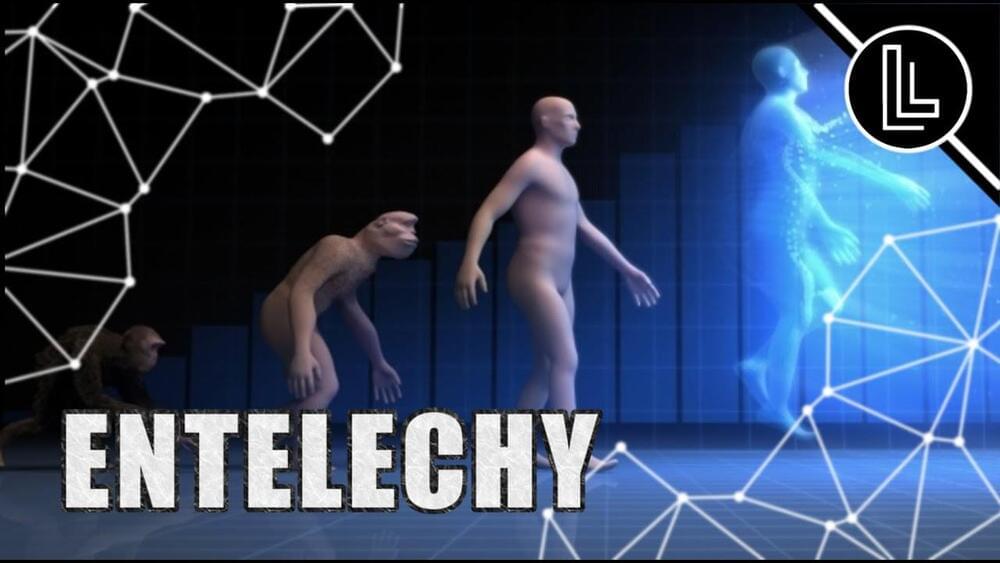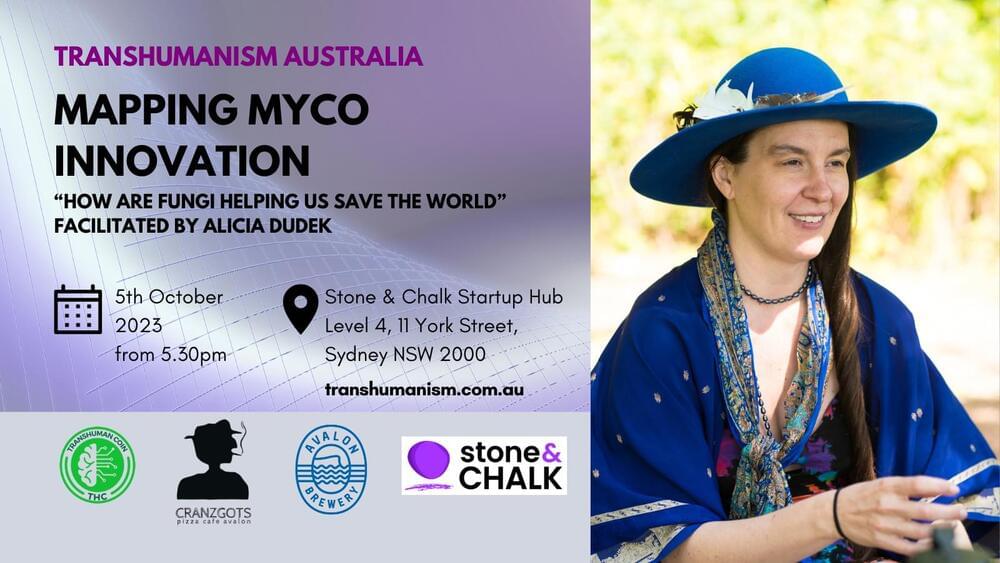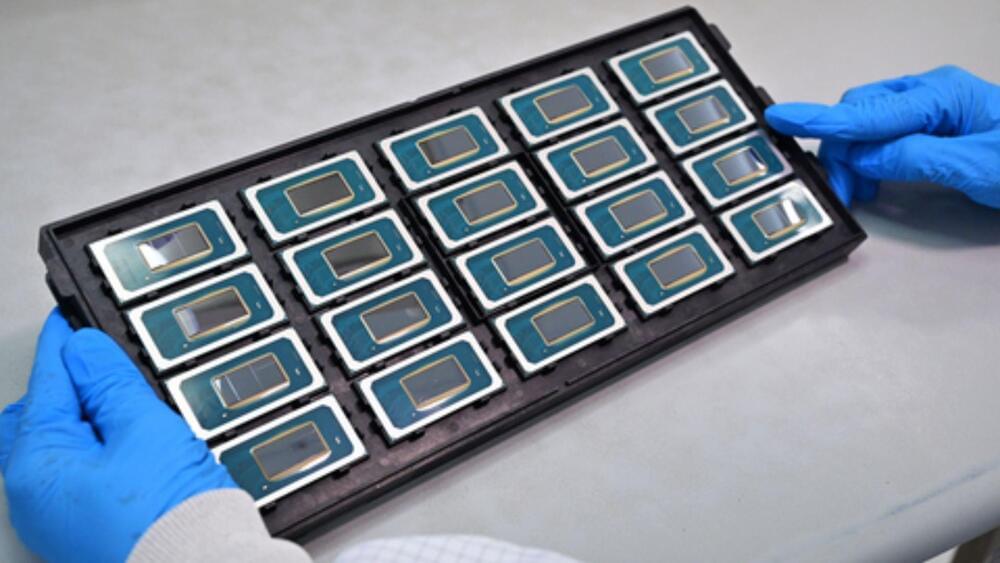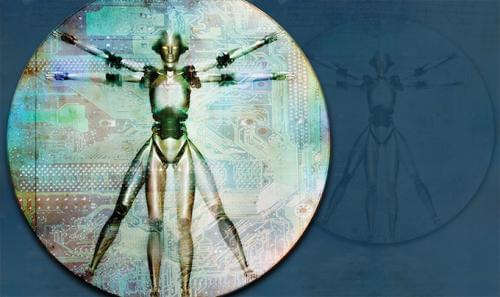Archive for the ‘transhumanism’ category: Page 9
Sep 24, 2023
AI, Brain-Computer Interfaces & Longevity
Posted by Kelvin Dafiaghor in categories: life extension, robotics/AI, transhumanism
A fortnightly meetup for the Transhumanism movement in Sydney to discuss the latest developments in emerging technology and product roadmap.
Sep 21, 2023
Intel unveils Meteor Lake CPUs, features dedicated AI engine
Posted by Gemechu Taye in categories: cyborgs, mobile phones, robotics/AI, transhumanism
This processor is the first to be built on the Intel 4 (7nm) architecture.
Intel, the PC silicon giant, has recently made a significant announcement that’s set to revolutionize its mobile processor line. On Tuesday, at the Intel Innovation event, the company unveiled its highly anticipated Meteor Lake processors, now known as Core Ultra chips. This is after Intel decided to do away with the Core “i” designation in June 2023. It is slated for release on December 14, and laptops coming out in the first quarter of 2024 should start adopting the new chips. While this news is undoubtedly exciting for tech enthusiasts, it also raises important questions for consumers: Will Intel-powered Windows… More.
Source: Intel Corporation.
Continue reading “Intel unveils Meteor Lake CPUs, features dedicated AI engine” »
Sep 20, 2023
“Science, Technology, and Exaltation,” Keynote Speech by Ralph Merkle
Posted by Dan Breeden in categories: science, transhumanism

At the 2015 Conference of the Mormon Transhumanist Association, held 3 Apr 2015 at the Salt Lake City Public Library, speakers addressed the themes of Mormonism, Transhumanism and Transfigurism, with particular attention to topics at the intersection of technology, spirituality, science and religion. Members, friends and critics of the association have many views. This is one of them. It is not necessarily shared by others.
Sep 20, 2023
China aims to replicate human brain in bid to dominate global AI
Posted by Dan Kummer in categories: cyborgs, governance, government, robotics/AI, surveillance, transhumanism
Aiming to be first in the world to have the most advanced forms of artificial intelligence while also maintaining control over more than a billion people, elite Chinese scientists and their government have turned to something new, and very old, for inspiration—the human brain.
Equipped with surveillance and visual processing capabilities modelled on human vision, the new “brain” will be more effective, less energy hungry, and will “improve governance,” its developers say. “We call it bionic retina computing,” Gao Wen, a leading artificial intelligence researcher, wrote in the paper “City Brain: Challenges and Solution.”
Sep 19, 2023
Exploring transhumanism
Posted by Dan Breeden in categories: biotech/medical, cyborgs, robotics/AI, transhumanism
What do pacemakers, prosthetic limbs, Iron Man and flu vaccines all have in common? They are examples of an old idea that’s been gaining in significance in the last several decades: transhumanism. The word denotes a set of ideas relating to the increasing integration of humans with their technologies. At the heart of the transhuman conversation, however, lies the oldest question of all: What does it mean to be human?
When talking about transhumanism, it’s easy to get lost because the definition is imprecise. “Transhumanism” can refer to the Transhumanist (with a capital T) movement, which actively pursues a technologically enhanced future, or an amorphous body of ideas and technologies that are closing the bio-techno gap, such as a robotic exoskeleton that enhances the natural strength of the wearer.
At Arizona State University, a diverse set of researchers has been critically examining transhumanism since 2004.
Sep 14, 2023
Ghost In The Shell — Transhuman Identity — CRAMMED!
Posted by Dan Breeden in category: transhumanism

A analysis for the 1995 original cyberpunk Anime release, this synopsis will also touch on themes of a post-human existence and the idea if identity. Written by Masamune Shirow and directed by Mamoru Oshii. With the 2017 Ghost In The Shell film starring Scarlett Johansson now out in Japan, visiting the GITS anime and Cramming it down for your pleasure seemed appropriate. I Hope you enjoy!
FACEBOOK: www.facebook.com/filmcram.
TWITTER: https://twitter.com/mikeymegamega.
INSTAGRAM: https://www.instagram.com/mikeymegamega/
Sep 13, 2023
Oregon scientists are building a better bionic eye
Posted by Genevieve Klien in categories: biological, cyborgs, neuroscience, transhumanism
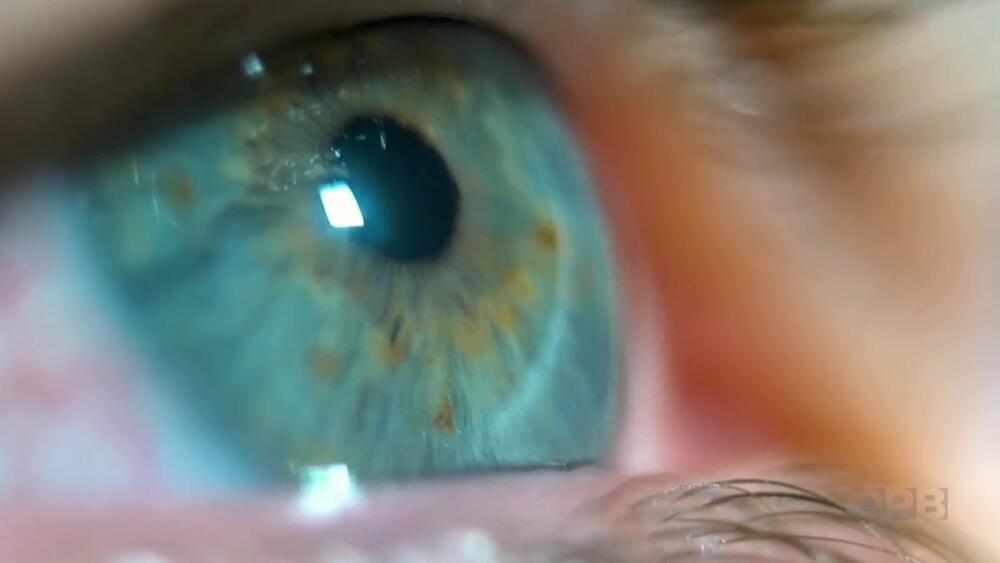
Serious vision loss affects millions of Americans each year, and biological strategies are still decades away from restoring eyesight lost to macular degeneration. But University of Oregon researchers are looking to create an electronic solution — a bionic eye — that could restore people’s sight. They’re tapping into the world of fractal structures that will allow a retinal implant and a human brain to communicate with each other.
Sep 11, 2023
What Would Transhuman Brains Mean? | Episode 2113 | Closer To Truth
Posted by Dan Breeden in categories: ethics, neuroscience, transhumanism
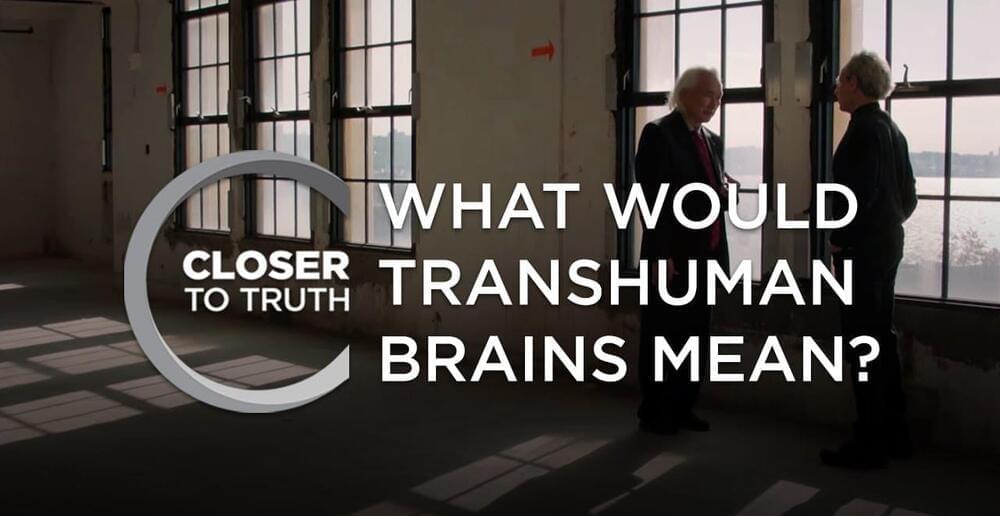
How brain enhancements can correct disabilities is an important question. But not a Closer To Truth question. What happens to personal identity? Would “I” still be me? What about moral standing? Would it change? Could my mind be uploaded? Would “I” live on?
Featuring interviews with Michio Kaku, Antonio Damasio, Leonard Mlodinow, V.S. Ramachandran and David Chalmers.
Continue reading “What Would Transhuman Brains Mean? | Episode 2113 | Closer To Truth” »
Sep 6, 2023
Tattoo technique transfers gold nanopatterns onto live cells
Posted by Jose Ruben Rodriguez Fuentes in categories: biotech/medical, chemistry, cyborgs, nanotechnology, neuroscience, transhumanism
For now, cyborgs exist only in fiction, but the concept is becoming more plausible as science progresses. And now, researchers are reporting in ACS’ Nano Letters that they have developed a proof-of-concept technique to “tattoo” living cells and tissues with flexible arrays of gold nanodots and nanowires. With further refinement, this method could eventually be used to integrate smart devices with living tissue for biomedical applications, such as bionics and biosensing.
Advances in electronics have enabled manufacturers to make integrated circuits and sensors with nanoscale resolution. More recently, laser printing and other techniques have made it possible to assemble flexible devices that can mold to curved surfaces. But these processes often use harsh chemicals, high temperatures or pressure extremes that are incompatible with living cells. Other methods are too slow or have poor spatial resolution. To avoid these drawbacks, David Gracias, Luo Gu and colleagues wanted to develop a nontoxic, high-resolution, lithographic method to attach nanomaterials to living tissue and cells.
The team used nanoimprint lithography to print a pattern of nanoscale gold lines or dots on a polymer-coated silicon wafer. The polymer was then dissolved to free the gold nanoarray so it could be transferred to a thin piece of glass. Next, the gold was functionalized with cysteamine and covered with a hydrogel layer, which, when peeled away, removed the array from the glass. The patterned side of this flexible array/hydrogel layer was coated with gelatin and attached to individual live fibroblast cells. In the final step, the hydrogel was degraded to expose the gold pattern on the surface of the cells. The researchers used similar techniques to apply gold nanoarrays to sheets of fibroblasts or to rat brains. Experiments showed that the arrays were biocompatible and could guide cell orientation and migration.
